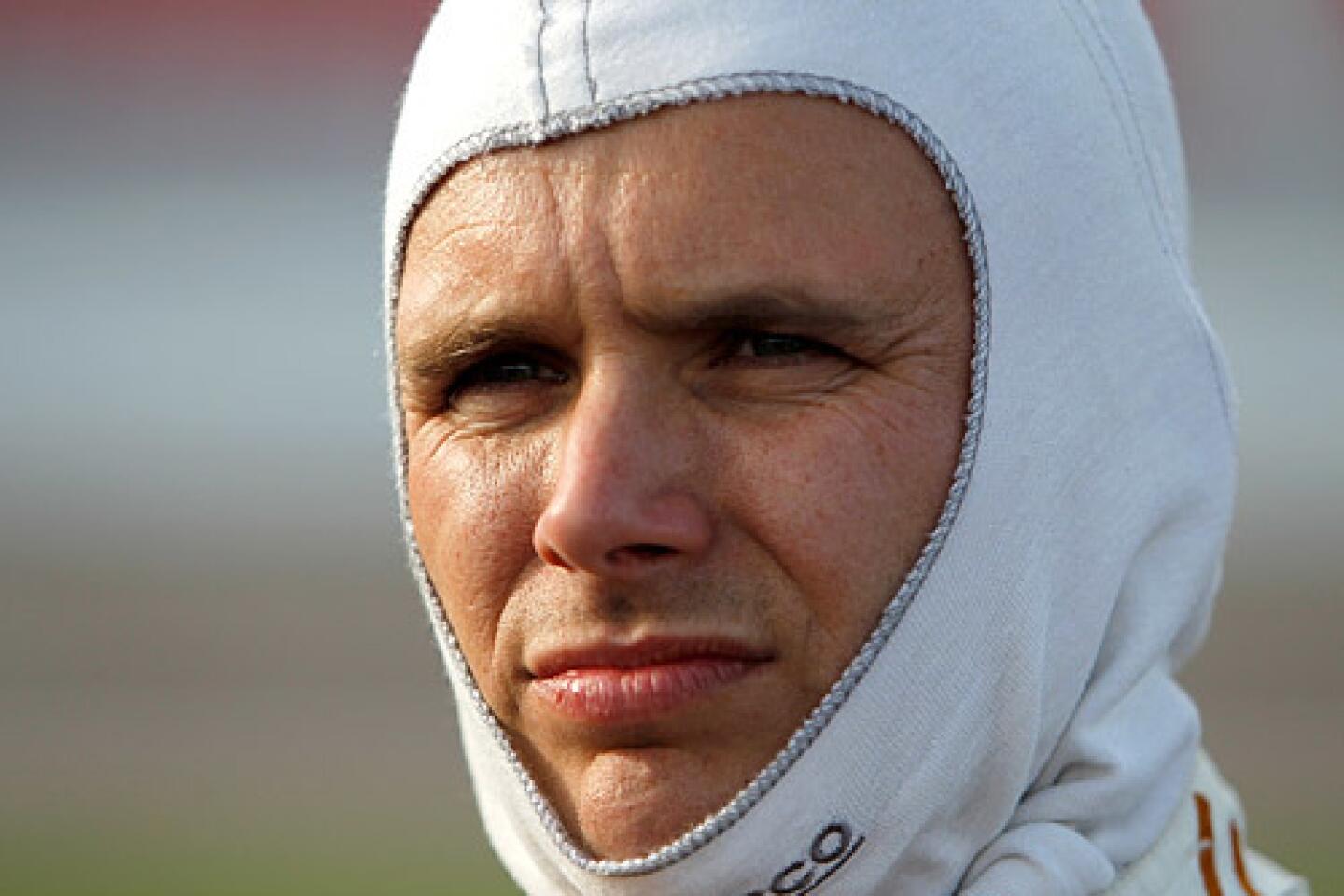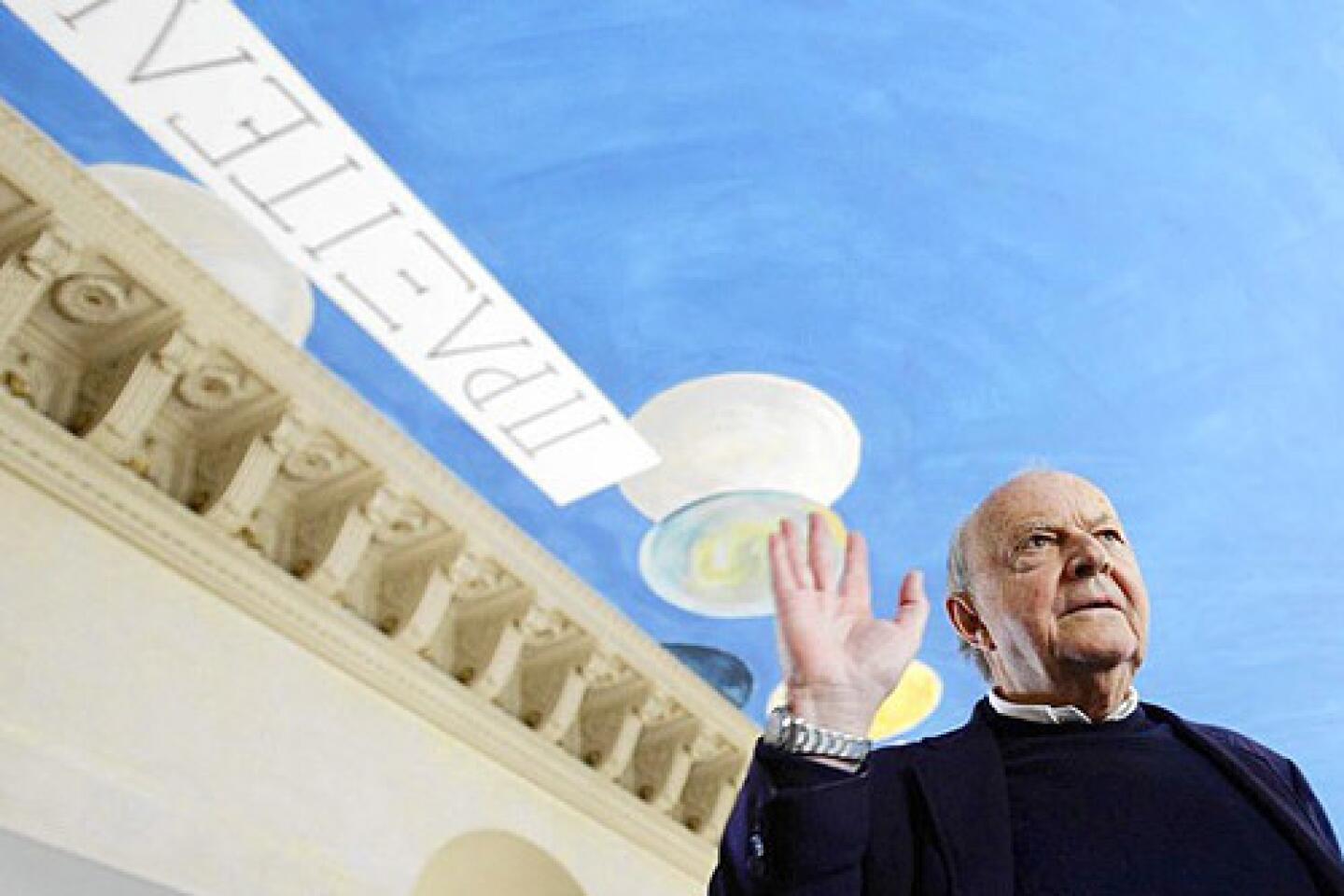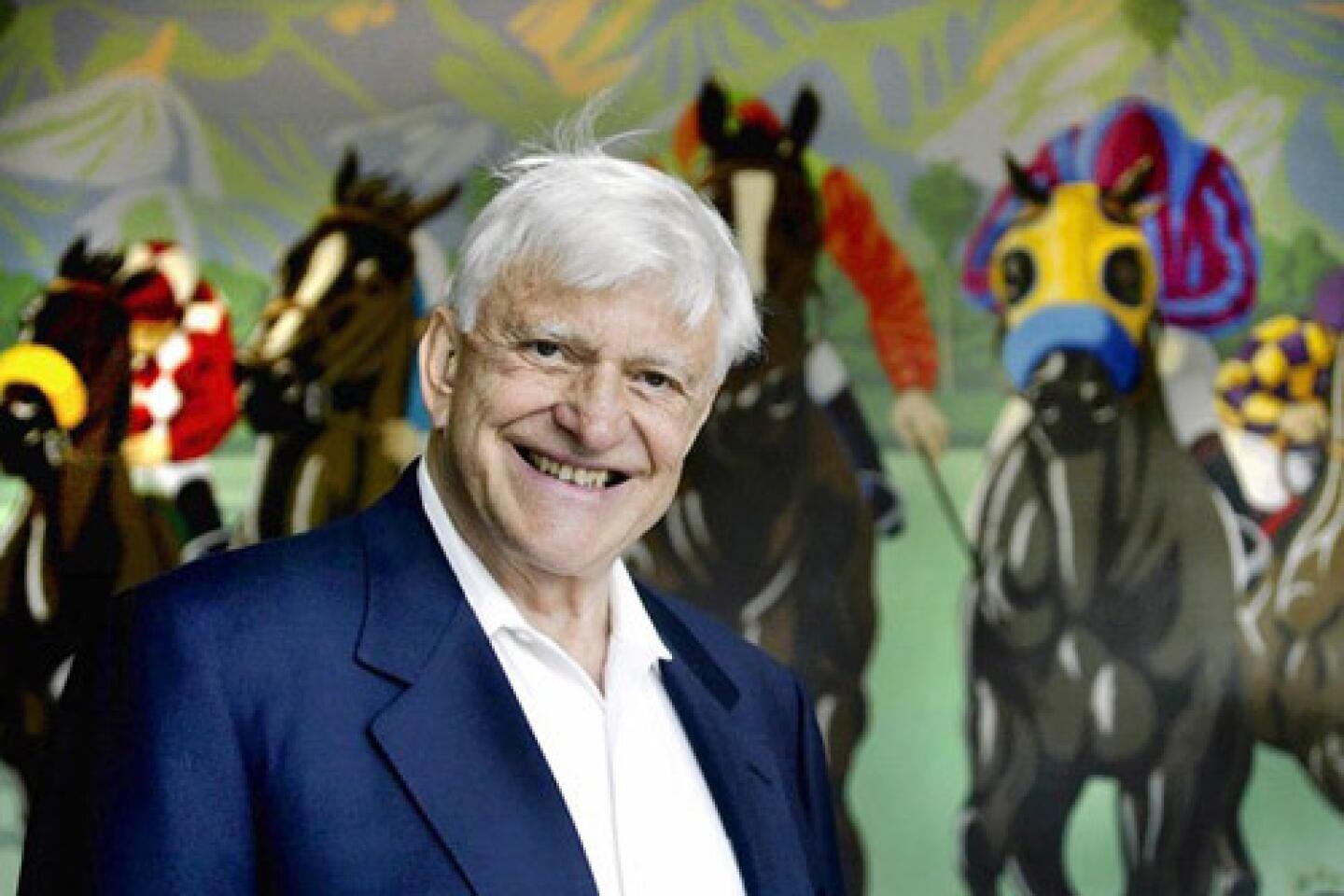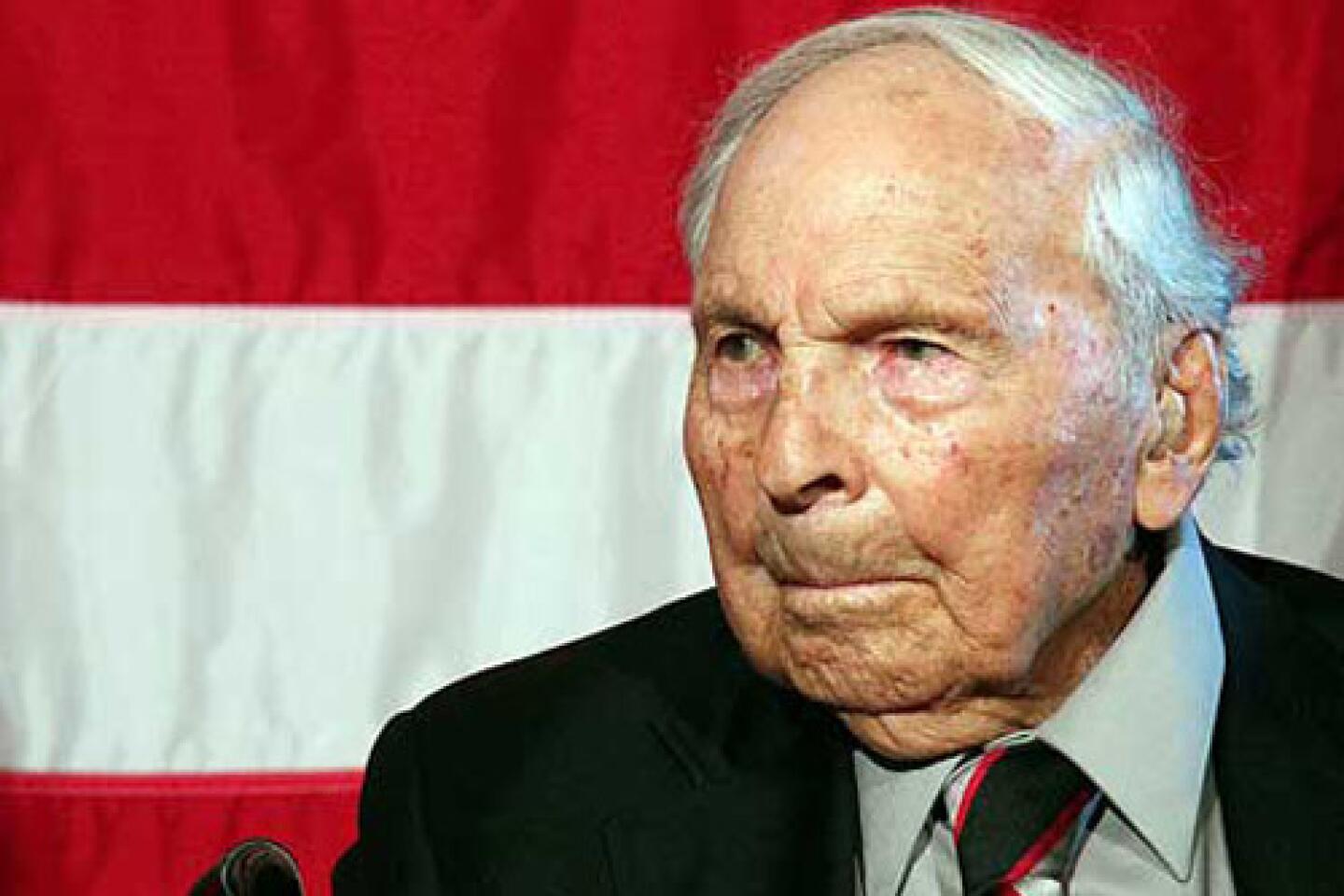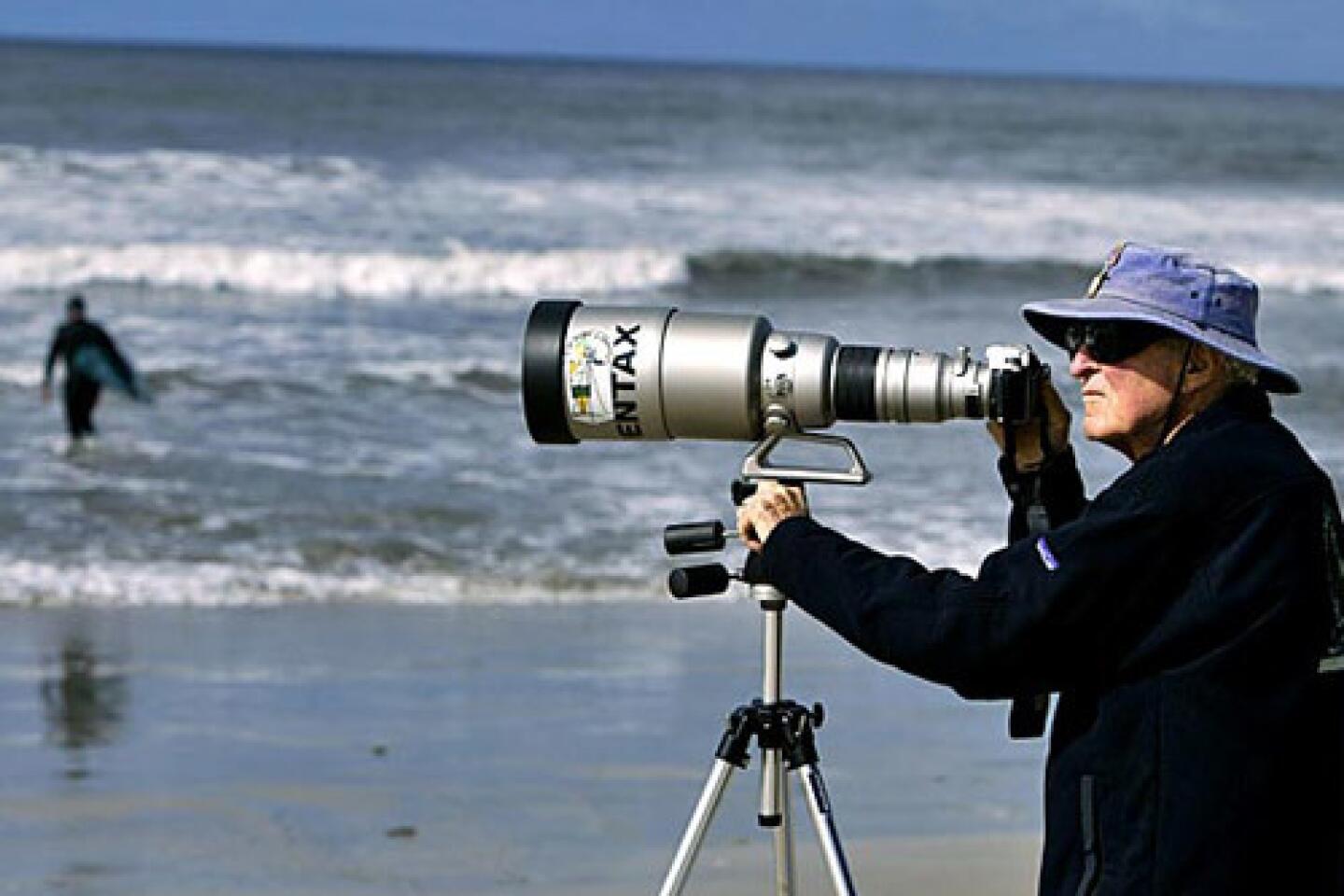Robert Stempel dies at 77; former CEO of GM
Former General Motors Co. Chief Executive Robert Stempel, an engineer who led the development of the catalytic converter but was ousted in a boardroom coup, died Saturday in Florida. He was 77.
The cause of death was unclear, but family friends in Detroit said he had been hospitalized recently in West Palm Beach, Fla., near a home the family owned there.
During his three decades at the company, Stempel helped to develop many of the fuel-efficient and pollution-control technologies still in use today, including front-wheel-drive cars, the catalytic converter and battery-powered cars.
But Stempel’s accomplishments as an engineer were overshadowed by his short tenure at the top of the company.
He succeeded Roger Smith as chairman and chief executive in 1990 but resigned from the company in 1992 after a boardroom revolt in the wake of a recessionary period in which the company closed 12 plants, shed 74,000 jobs and lost a then-record $7 billion in 1991.
Born in New Jersey in 1933, Stempel earned a bachelor’s degree in science at Worcester Polytechnic Institute in Massachusetts and a master’s in business administration from Michigan State University.
He started out at Oldsmobile in 1958 as a detailer in chassis design and was part of the team in 1966 that helped develop the Toronado. He designed the car’s front suspension and developed the mounting system for the engine and transmission. It was the first American front-wheel-drive car in nearly three decades. Most cars today are front-wheel drive; they are lighter and more efficient than rear-wheel drives.
In the 1970s, Stempel recognized the need to cut pollution and make cars more efficient, helping lead a companywide shift to smaller, more efficient vehicles, said Lloyd Reuss, a former GM president.
Stempel led the development of the catalytic converter, which uses precious metals such as platinum to convert the harmful gases from combustion into less-harmful ones.
He later was named vice president and group executive in charge of the Buick-Oldsmobile-Cadillac group and executive vice president of GM.
After leaving the company, Stempel joined inventor and alternative-energy pioneer Stan Ovshinsky as an advisor to Energy Conversion Devices, a car battery development company Ovshinsky had founded decades earlier. Stempel was named chairman in 1995 and brought discipline and several important joint-venture partners to the company, which opened a photovoltaic solar panel plant in Auburn Hills, Mich., in 2002.
In 2007, Ovshinsky and Stempel left ECD and partnered in a new firm, Ovshinsky Innovations, which continues to work on a lighter and more affordable solar roof panel.
“He was the best damn engineer I ever met,” Ovshinsky said of Stempel on Tuesday.
Last year, Stempel was selected to the board of directors of Envia Systems, a clean-tech materials firm in Newark, Calif.
In 1975, Stempel’s son Tim was kidnapped while skateboarding in suburban Detroit. Stempel paid a $150,000 ransom for the teenager’s release. The two kidnappers were captured and pleaded guilty at trial.
Stempel’s survivors include his wife and three children.
More to Read
Start your day right
Sign up for Essential California for the L.A. Times biggest news, features and recommendations in your inbox six days a week.
You may occasionally receive promotional content from the Los Angeles Times.











